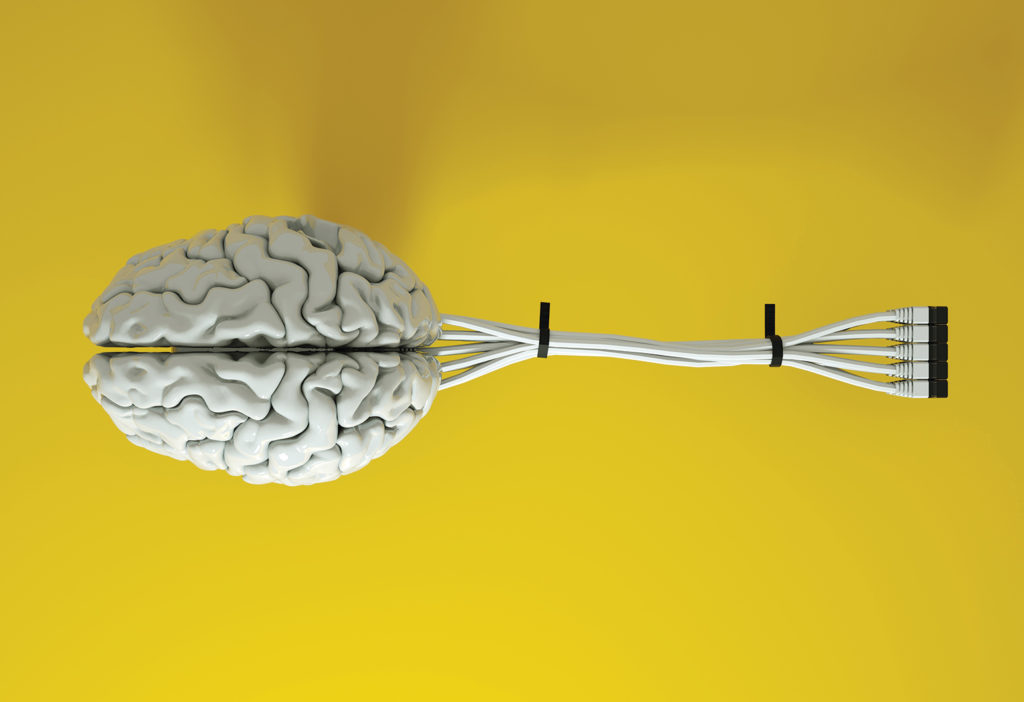Data science has boomed in recent years, and recruiters expect high demand for data professionals to continue in 2020. However, artificial intelligence (AI) expertise is becoming more democratised and spreading to other professions, including engineering, writes Stephane Marouani, Country Manager Australia and New Zealand, Mathworks.
As domain experts, engineers are highly valuable in shaping companies’ AI projects. This is especially the case in Australia.
Here, 98 per cent of businesses have fewer than 20 employees, and a team of data scientists trained on statistical machine-learning methods tends to be something enjoyed by bigger organisations.
The growth in AI will continue in the new year and is expected to push rapidly into industrial scenarios.
Below are five trends encouraging this.
1. Workforce skills and data quality barriers are abating
Non-data scientists have access to more and more information and training centred around AI.
As well as this, more and more data is being produced, and tools — such as automated labelling to curate large datasets — put domain experts (engineers) in a strong position to sort signal from noise in a set of results. Those looking to apply AI no longer need to be a data scientist or a programmer.
2. The rise of AI-driven systems increases design complexity
More data is coming in from more sensor types. Designing and building a piece of machinery nowadays often means creating a complex, multi-domain system, where optimising performance is tied to optimising the behaviour of the AI model that runs it.
3. AI is easier to deploy to low-power, low-cost devices
This workflow can be processed in a third-party cloud server, a private cloud for back-office business applications, or, increasingly, on the hardware systems in use. The rise of low-cost but powerful devices has helped the adoption of AI, especially in industries that aren’t traditionally heavy on back-office technology deployment.
4. Reinforcement learning moves to real-world industrial applications
Reinforcement learning has seen programs quickly learn from and then master computer games. This family of machine learning will provide value through industrial applications in 2020. Again, improved computer power and more capable embedded devices have made it possible.
5. Simulation lowers a primary barrier to successful AI adoption: lack of data quality
Predictive maintenance is a hot area for industry. Adoption can be difficult, as demonstrating operational failure on a piece of equipment could be expensive. The solution? Create a digital twin, inject failure into the virtual equipment, and train your system on the results.
